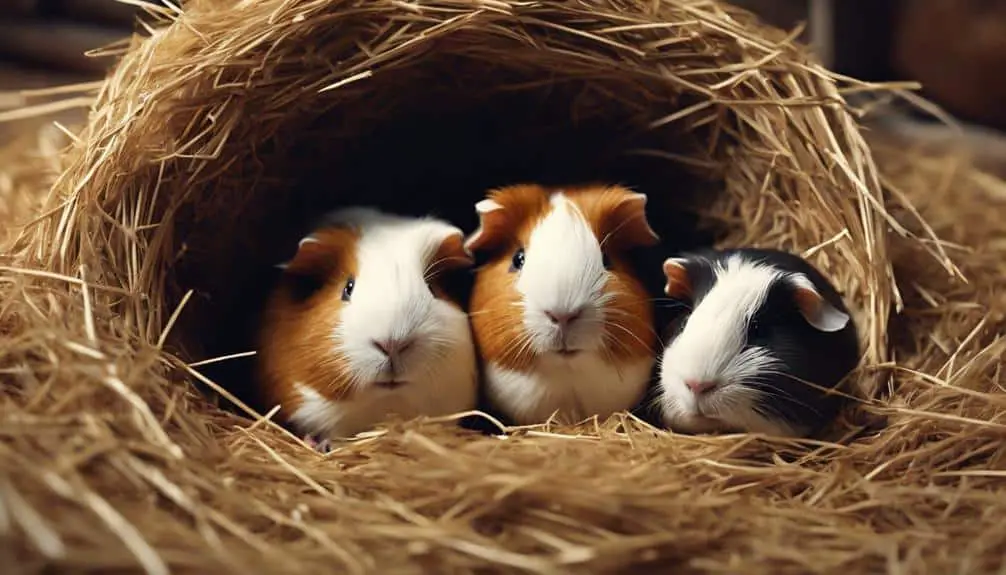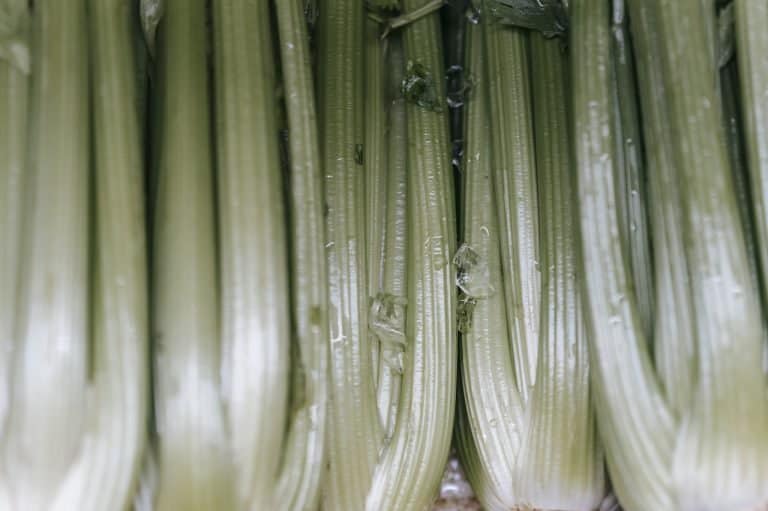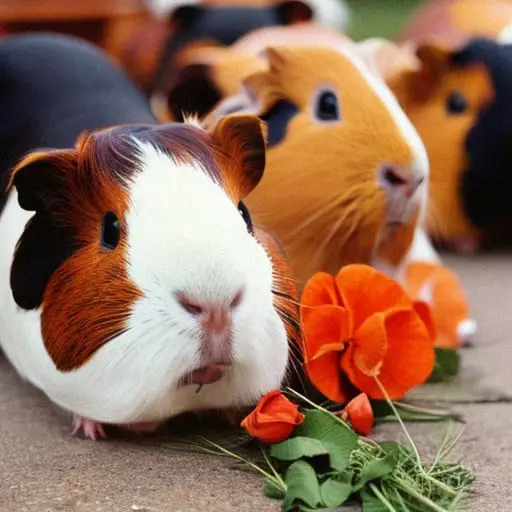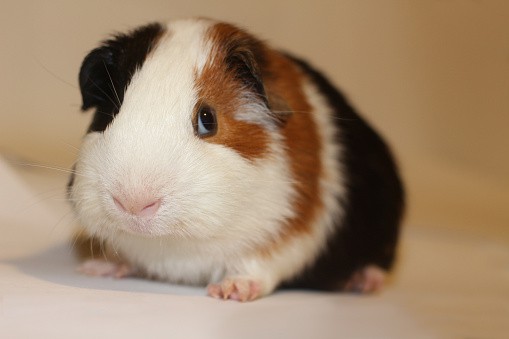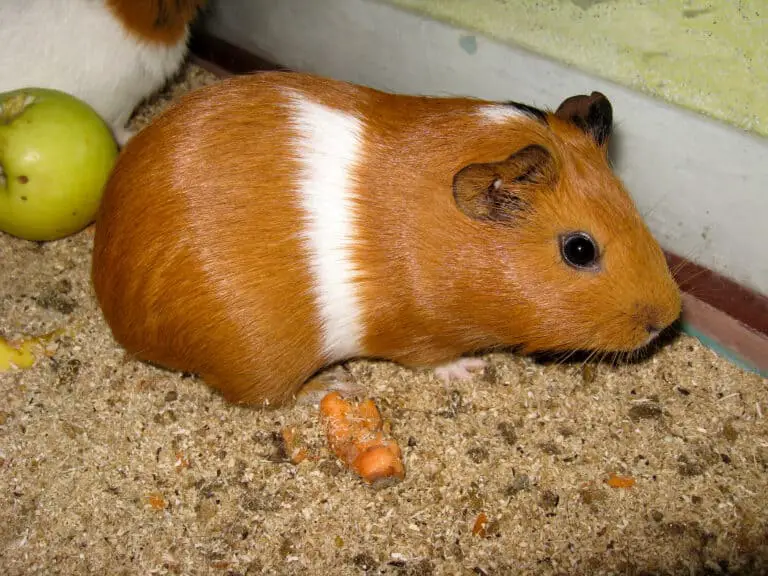How Many Guinea Pigs Are in a Litter: A Comprehensive Guide
When it comes to the intriguing topic of guinea pig litters, one might be curious about the number of adorable additions typically present. Have you ever wondered how many guinea pigs make up a litter?
Join us as we explore this aspect and unravel the mysteries surrounding these delightful creatures’ reproduction patterns.
Average Guinea Pig Litter Size
On average, guinea pig litters typically consist of 2 to 4 pups, with larger litters of 4-6 pups also observed but less commonly. The litter size can vary due to factors such as genetics, the age and health of the sow, and environmental conditions.
Smaller litters of 1-2 pups may occur, especially in cases where the sow is older or not in the best health. Ensuring proper care during pregnancy and postnatal periods is pivotal for the survival and well-being of the guinea pig pups. Monitoring the sow’s health, providing a balanced diet, and creating a suitable living environment are essential aspects of postnatal care.
Additionally, seeking veterinary advice and support can help address any potential issues that may arise during the pregnancy and after birth. By being proactive in caring for the sow and her pups, one can increase the chances of a successful litter and healthy offspring.
Factors Influencing Litter Size
Factors influencing guinea pig litter size are multifaceted and include the age, health, genetics, and environmental conditions of the sow. Older sows typically have larger litters, benefitting from reproductive experience. Genetic predispositions and breeding practices also influence litter size. Adequate nutrition, care, and stress management during pregnancy are crucial factors. Environmental conditions, like temperature and light exposure, can impact reproductive health. By optimizing these factors, breeders can enhance litter size and quality. Understanding these variables is essential for maximizing litter size and ensuring the well-being of the sow and her offspring.
Caring for Pregnant Guinea Pigs
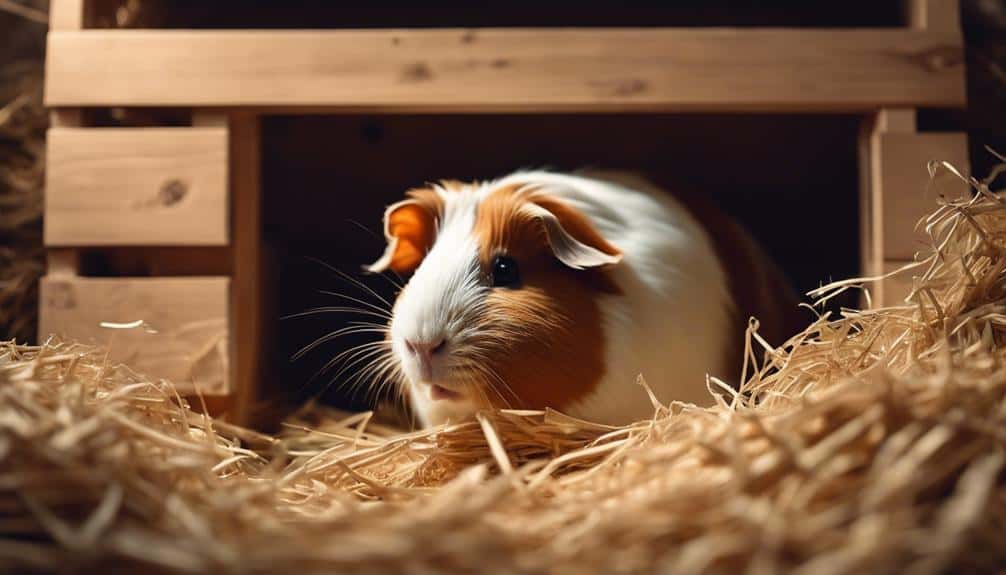
During a guinea pig’s pregnancy, providing proper care and attention is essential for ensuring the health and well-being of both the sow and her developing pups. Pregnant guinea pigs require a diet rich in Vitamin C to support fetal development. It’s important to monitor the pregnant guinea pig’s weight and behavior to detect any complications early on.
Creating a stress-free environment and minimizing disturbances are important for the sow’s well-being during pregnancy. In the final week before birth, offering a cozy, secluded area for the sow promotes a safe and comfortable birthing experience. Ensuring access to fresh hay, vegetables, and water is essential for the pregnant guinea pig’s health and the proper development of the pups.
Tips for Newborn Guinea Pig Care
As we shift our focus to caring for newborn guinea pigs, it is important to understand the specific tips and practices that can help guarantee the health and well-being of these young pups. Proper care for newborn guinea pigs involves providing them with adequate nutrition, monitoring their development closely, and ensuring they receive proper socialization. Here are some essential tips for caring for newborn guinea pigs:
| Aspect | Description | Importance |
|---|---|---|
| Nutrition | Make sure the mother guinea pig has a balanced diet to pass on essential nutrients to her young. | Crucial for growth |
| Weaning | Begin the changeover process around 3 to 4 weeks of age by introducing small amounts of solid food. | Shift to solids |
| Monitoring | Keep a close eye on the newborns’ weight, activity levels, and overall health to catch any issues early. | Early intervention |
| Socialization | Allow the newborns to spend time with their mother for at least 3 to 6 weeks to learn social behaviors and feel secure. | Bonding and security |
| Teeth | Check the newborns’ teeth regularly as they grow to ensure proper alignment and prevent dental issues. | Dental health |
Understanding Guinea Pig Litters
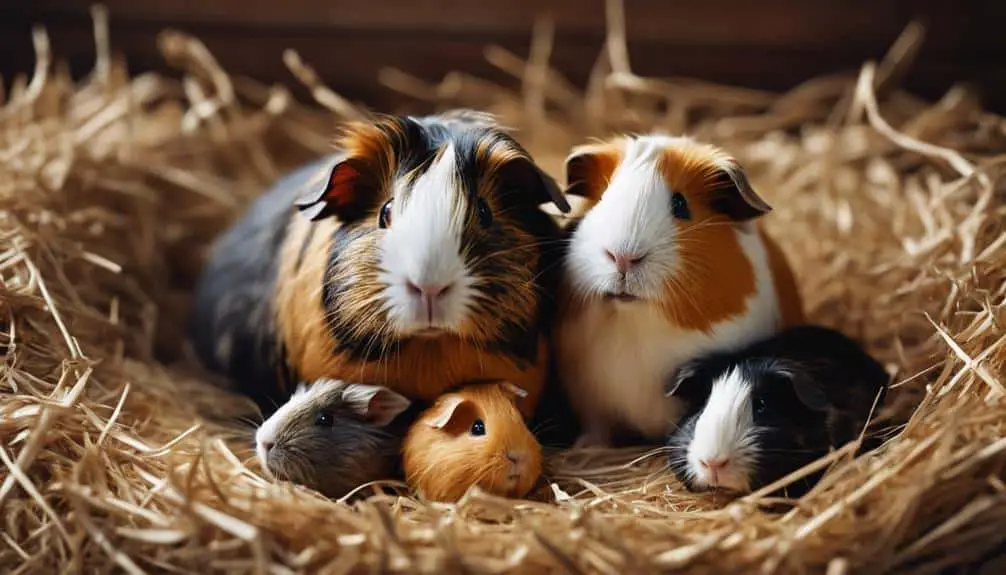
Understanding the composition of guinea pig litters provides valuable insights into the dynamics of these small rodent families. When it comes to baby guinea pigs, knowing about litter size, the role of the mother guinea pig, care, and monitoring is essential for their well-being.
- Litter Size: Guinea pig litters typically consist of 2-4 pups, but variations can occur, ranging from 1-6 pups.
- Mother Guinea Pig: The health and age of the sow, along with genetics, can influence the size of the litter.
- Care and Nutrition: Larger litters may require extra attention to make sure all pups receive adequate nutrition and care.
- Monitoring and Health: Close monitoring of the mother guinea pig during and after birth is vital to address any complications promptly.
Proper socialization and attention play significant roles in the health and development of baby guinea pigs. By understanding these aspects, one can provide the necessary care to make sure the well-being of the entire litter.
Conclusion
As we eagerly awaited the arrival of the newborn guinea pigs, we were filled with anticipation and excitement. Each tiny squeak and wriggle brought us closer to the joy of witnessing new life.
The bond formed with these precious creatures from the moment they entered the world is indescribable.
Stay tuned for the next chapter in our guinea pig journey, as we continue to nurture and care for these adorable additions to our family.

